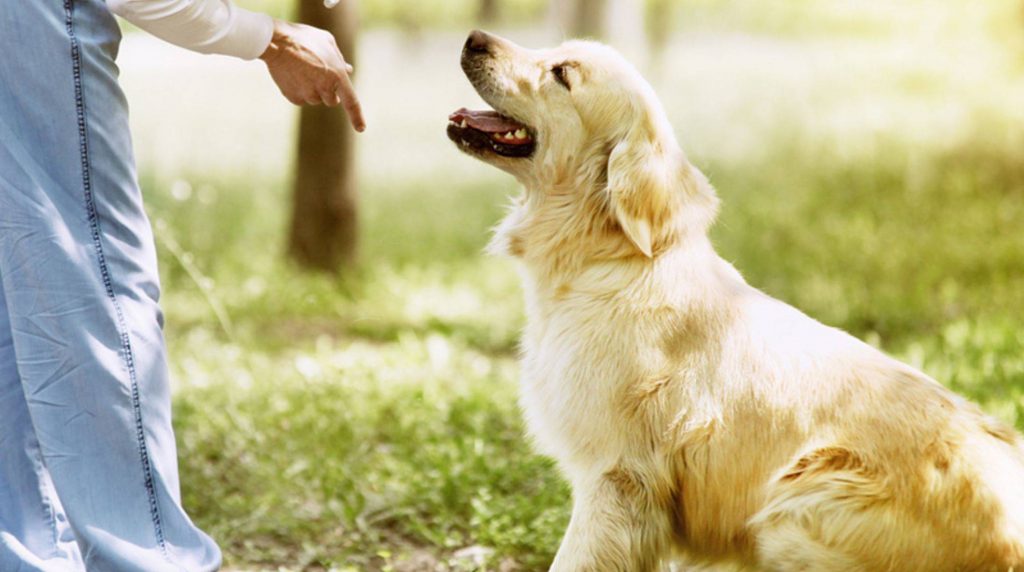Opinions about positive reinforcement in dog training vary widely. While some owners swear by the method, other dog lovers view it critically. But why is that?

Positive reinforcement is a standard method in dog training – but not an uncontroversial one. Many owners and dog trainers use them exclusively for dog training, which attracts critics. Training a dog using only positive reinforcement without involving the other operant conditioning methods is far from suitable for the quadruped. Operant conditioning also includes negative reinforcement and various ways of punishing dogs.
Positive reinforcement has its benefits.
The advantages are initially obvious: your four-legged friend is rewarded for desirable behavior – for example, with a treat, his favorite toy, or a lot of stroking. In this way, the dog learns that specific actions have positive consequences, which benefits its self-confidence. Also, positive reinforcement will make your dog repeat the rewarded behavior because he now associates it with something pleasant.
Success in dog training through a variety
Nevertheless, positive reinforcement in dog training is controversial – at least when used exclusively, and the other components of operant conditioning are omitted. Anyone who relies solely on positive support and completely ignores methods such as negative reinforcement or punishment is not necessarily acting in the dog’s interests. It also means that your four-legged friend will not experience any consequences in certain situations where he behaves incorrectly. Even in nature, a dog will be reprimanded by its pack if it displays misconduct.
Operant conditioning as a solution
That doesn’t mean that you should discipline your dog with punches for dog training. Nevertheless, he has to learn that not every one of his behaviors is evaluated positively by you. Positive reinforcement is counterproductive, especially in dangerous situations: If your four-legged friend shows unwanted dog behavior and, for example, prepares to eat something that is not allowed, positive reinforcement does not mean that you reprimand him with a clear “No” or “Off”. . Theoretically, you can only hope that he doesn’t do it. This is, of course, an extreme situation, but it shows that the focus on this particular type of dog training does not necessarily serve the well-being of your four-legged friend.









